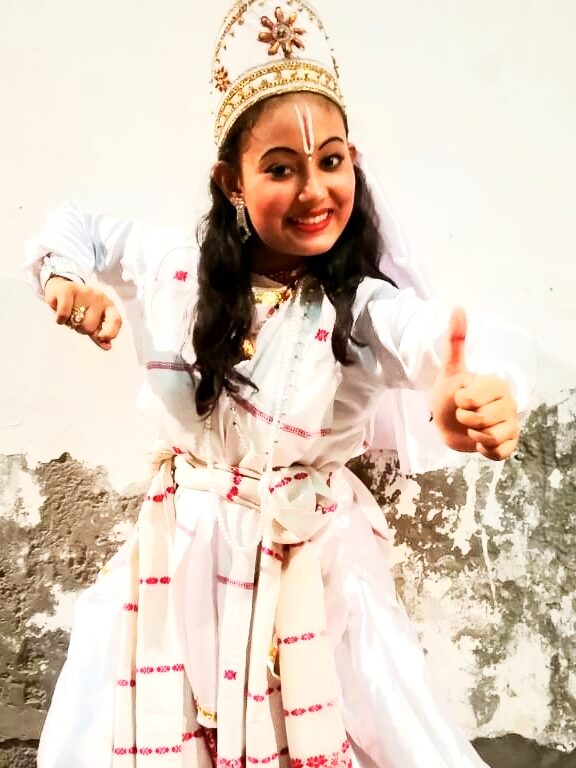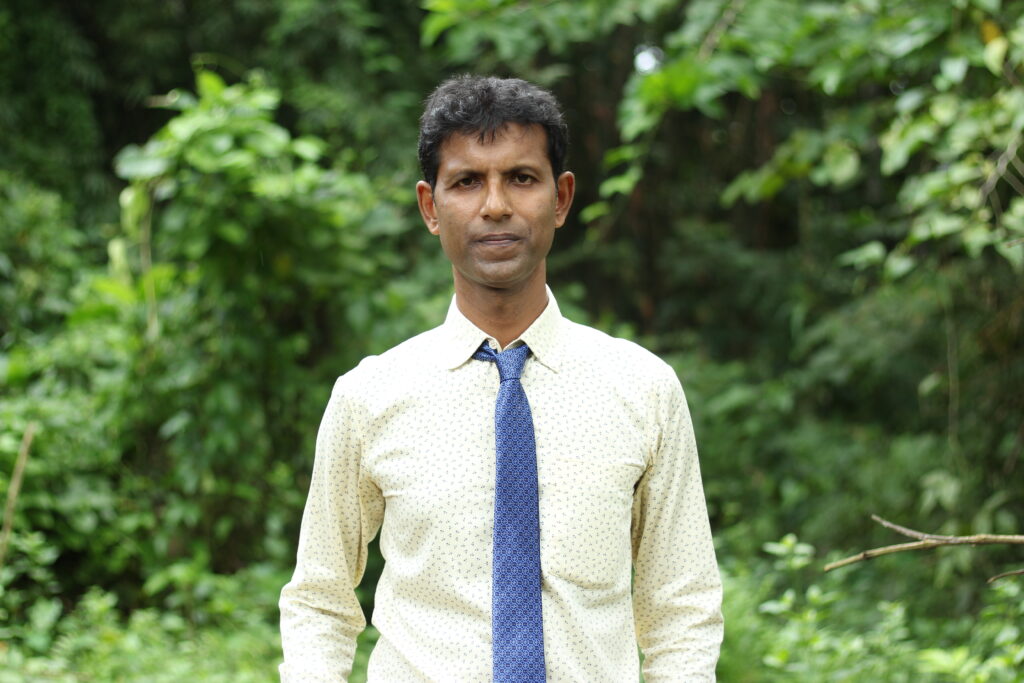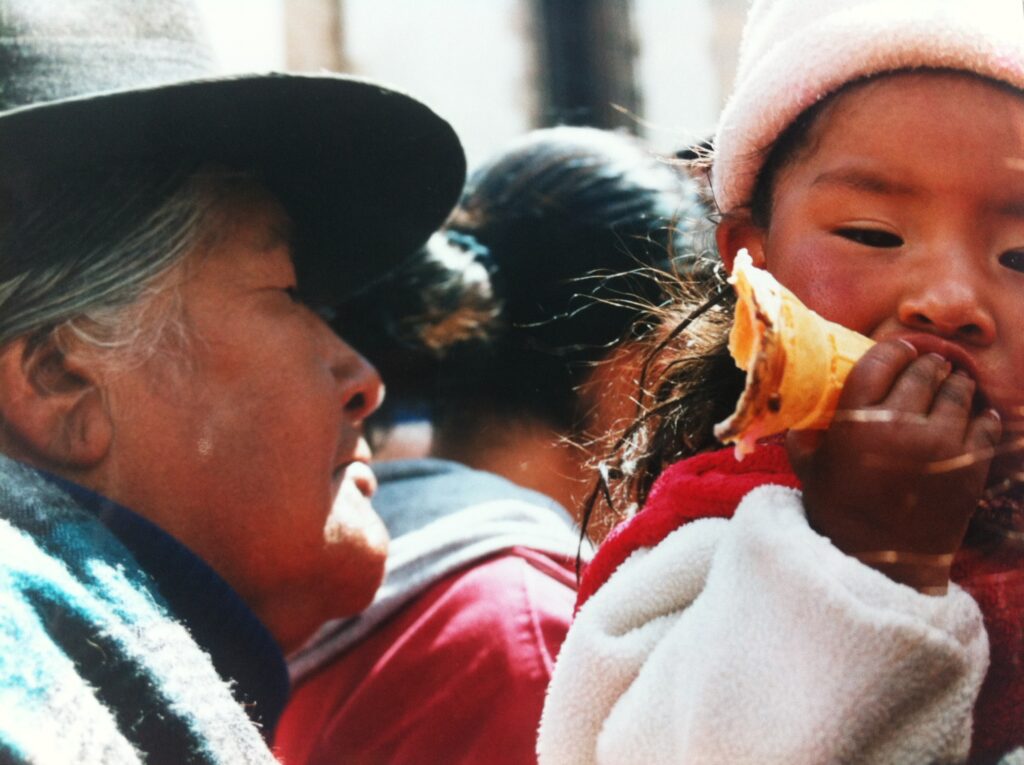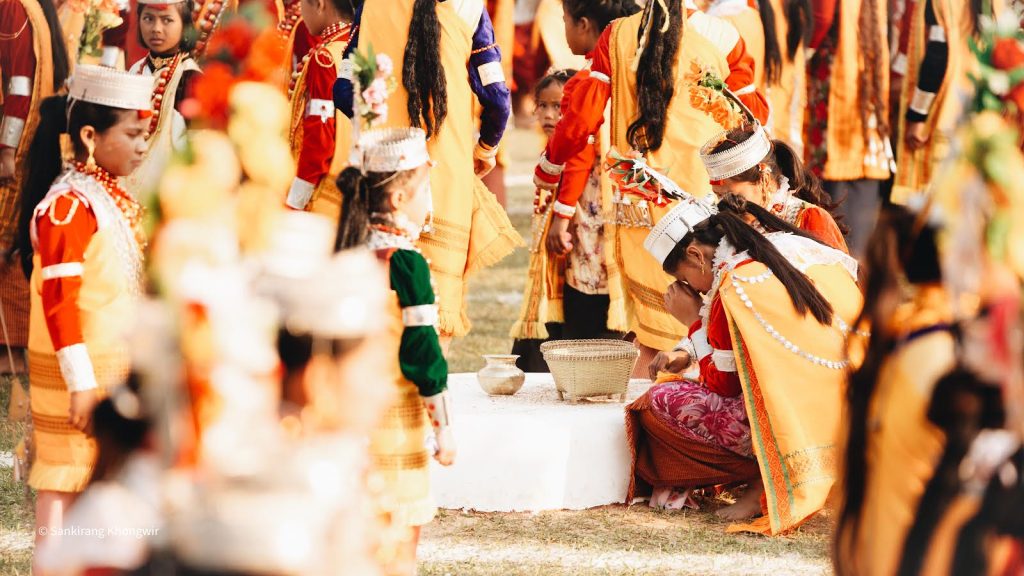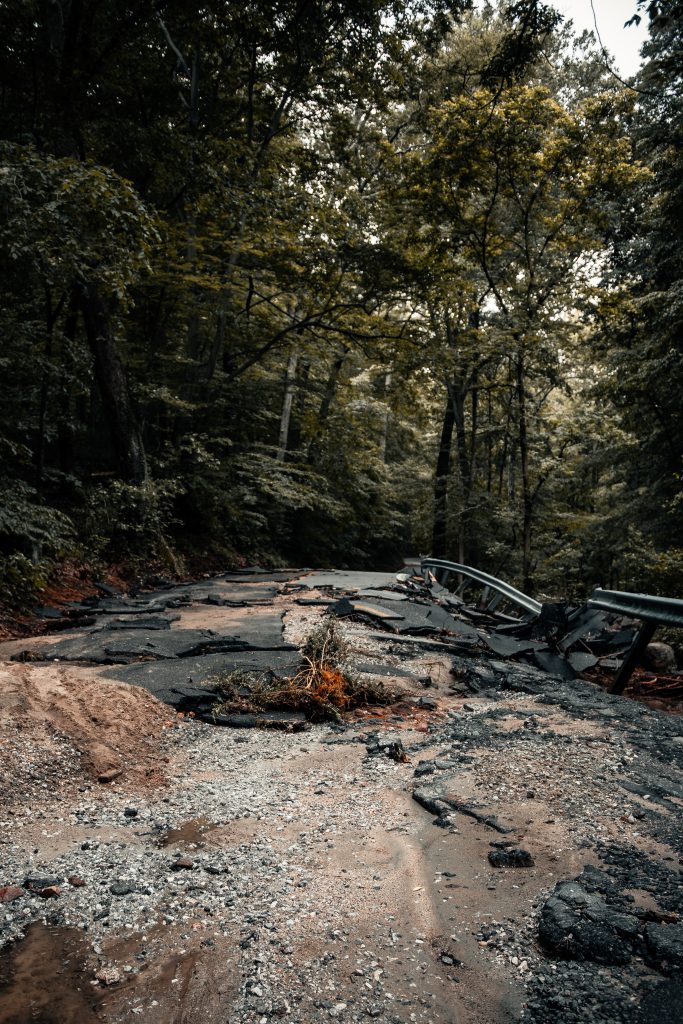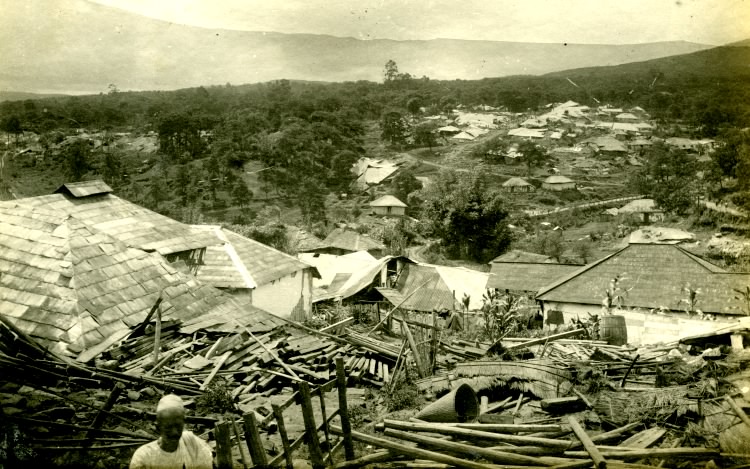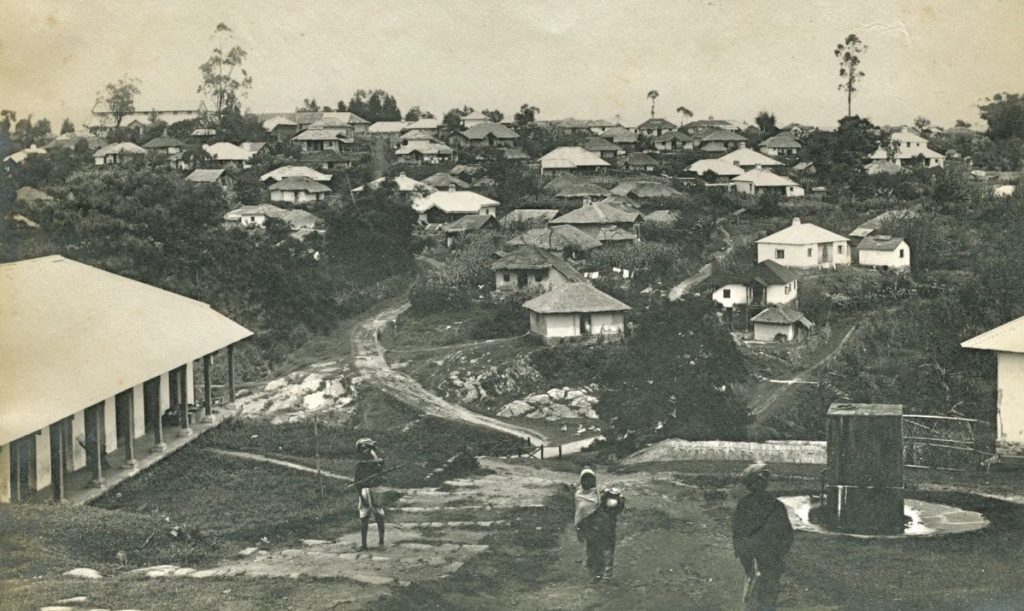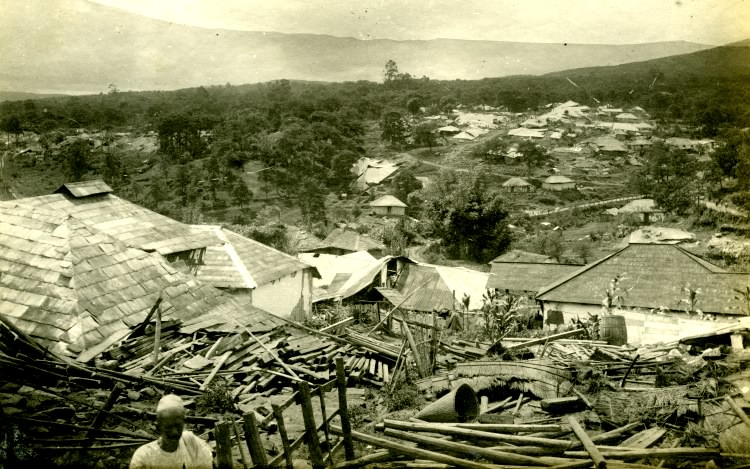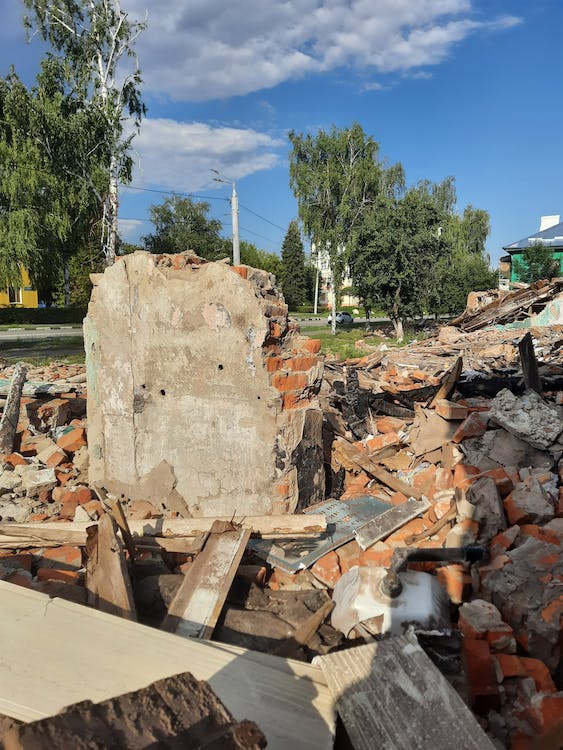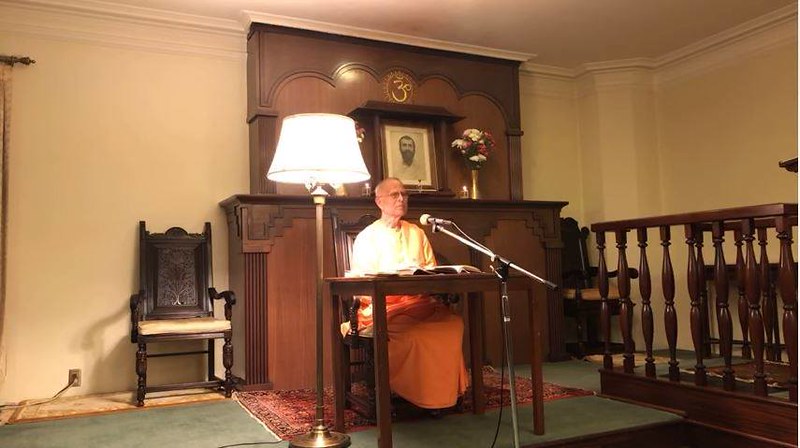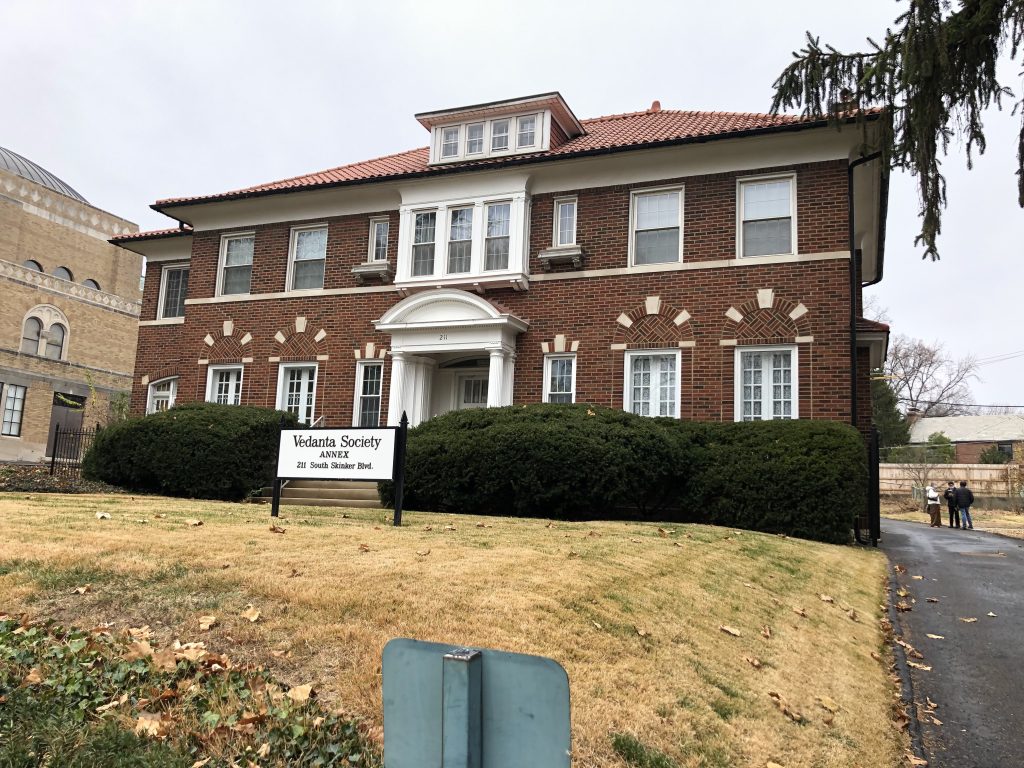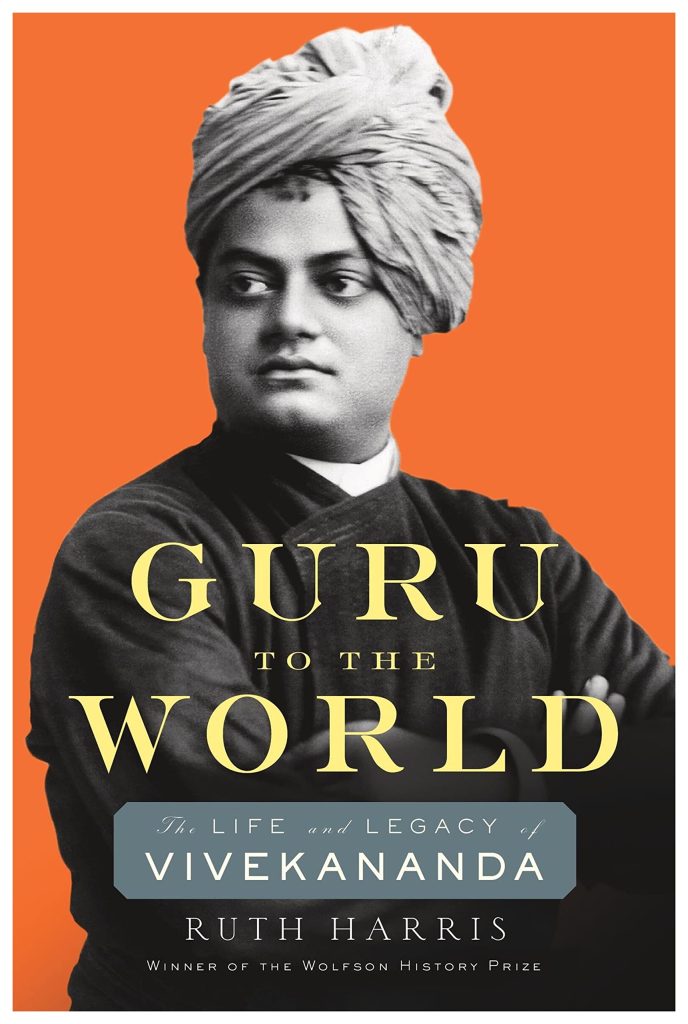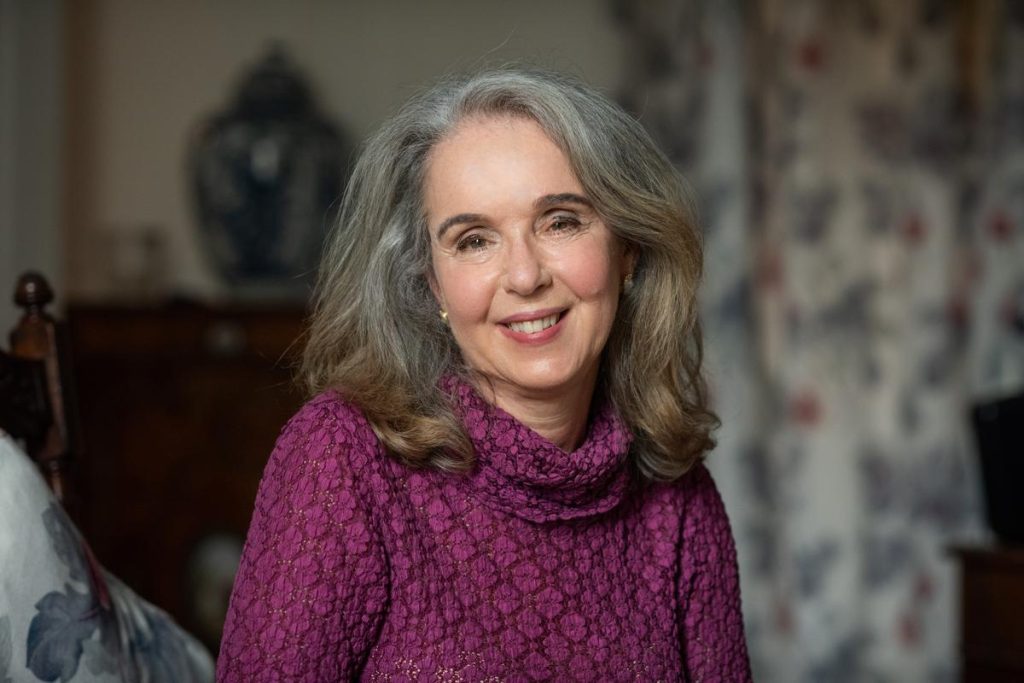Uma Purkaystha
Rebirth After the Quake
The 1897 earthquake didn’t just level buildings in Shillong; it shook the very foundations of the young hill station. The ground heaved and twisted, sending shockwaves through the hearts of its residents. Homes built in the traditional wattle-and-daub style collapsed like woven baskets. Even newer brick structures crumbled, their grandeur reduced to piles of rubble and dust. Yet, amidst the devastation, the indomitable spirit of Shillong’s people refused to be extinguished.
In the immediate aftermath, survivors faced a stark reality. Makeshift shelters dotted the landscape, the cries of the injured mingled with the sobs of those who had lost everything. The British administration, though focused on restoring its own authority, seemed oblivious to the plight of the local populace. There was no organized medical aid, no sanitation, and a looming threat of disease hung in the air.
Shillong, the seat of colonial power in Assam, lacked the most basic infrastructure to function as a modern city. Yet, a peculiar resilience took root. The earthquake had forced a reset, a chance to rebuild Shillong not just in its physical form, but in its very soul. The characteristic Assam-type houses, with their raised platforms and timber frames designed to withstand seismic activity, began to spring up. Government buildings – residences, offices, the iconic Quinton Hall – were constructed with sturdier materials, imposing symbols of the return of order.
But the outward signs of recovery masked a deeper struggle. While a semblance of normalcy slowly returned to the streets, a critical void remained. Among the thousands who had weathered the earthquake, one question burned fiercely, especially in the minds of the local Khasi and Bengali communities: Where would their children learn? Where would they become the doctors, engineers, and leaders needed to build a future worthy of the sacrifices made?
The British government, content with imposing buildings, seemed indifferent to building minds. With no primary schools in the entire Khasi & Jaintia Hills, education remained an elusive privilege. Those with means faced the agonizing choice of sending their young children on a treacherous journey to distant Sylhet, the nearest center of learning. For the vast majority, this was impossible, condemning generations to a cycle of limited opportunities. Yet, from this dire landscape, a spark of determination ignited – a spark that would soon illuminate the path toward Shillong’s transformation into a beacon of education and culture.
The Fight for Education
Among Shillong’s visionaries, none understood the transformative power of education more keenly than Babu Jeebon Kumar Roy of Shella. Born into a family that valued learning, he had the rare fortune of studying in mission schools and mastering several languages. His experiences, coupled with his role as an interpreter, exposed him to a world of ideas far beyond the hills of his homeland. Jeebon Roy realized that literacy was not just a means to personal advancement; it held the key to unlocking the potential of the Khasi and Jaintia people.
From 1875 onwards, he tirelessly petitioned the British government to establish schools in Shillong. His pleas, filled with both logic and passion, fell on deaf ears. Bureaucratic apathy and veiled indifference hinted at a darker truth: perhaps the colonial powers preferred their subjects to remain uneducated, and therefore easier to control. Unbowed, Jeebon Roy boldly decided to defy the system that had ignored him.
In a move that demonstrated both his resourcefulness and defiance, he poured his own funds into establishing the Zillah School. Undeterred by the British government’s demand for a hefty caution money deposit, he found the means to satisfy them. In September 1878, the Zillah School opened its doors, the first High English School in the Khasi & Jaintia Hills. It was an act of extraordinary faith; Jeebon Roy was gambling not just his finances, but his reputation on the belief that his people thirsted for knowledge.
The British, convinced of the venture’s imminent failure, were caught off guard when the school filled to capacity. Students from across the region flocked to its classrooms. Seeking to consolidate their control, the government proposed a merger with the existing missionary school. Jeebon Roy, ever astute, seized this opportunity, but only on one condition: the new institution must admit students from all local tribes without discrimination. This seemingly small demand was a revolutionary act, ensuring that opportunity was not determined by birth or privilege.
Thus, the Shillong Government Boys’ High School was born, its true founder the tireless visionary, Jeebon Kumar Roy. The school flourished, producing graduates who broke barriers and challenged the limitations placed on them. Among them was Jeebon Roy’s own son, Sib Charan Roy, who became the first Khasi student to pass the prestigious Entrance Examination (SSLC) conducted by Calcutta University. It was a victory not just for a father, but for the countless young men and women who now saw a path forward that had been previously unimaginable. As Bijoya Sawian, Jeebon Roy’s great-granddaughter, poignantly observes, “This school became the doorway to higher education in the Khasi and Jaintia Hills.” Indeed, its ripples would spread throughout the region, inspiring and enabling generations to come.
Women as Catalysts of Change
While men like Jeebon Roy fought for formal education, a parallel movement focused on social and intellectual upliftment was being spearheaded by the women of the Brahmmo Samaj. This progressive religious and social reform movement had found fertile ground in Shillong, attracting enlightened Bengalis and local Khasi converts alike. Brahmmo women understood that true progress transcended classrooms; it required empowering individuals and communities at every level.
Guided by luminaries like Hemanta Kumari Chaudhury, these women ventured into neighboring Khasi villages. They defied social norms by imparting practical skills like sewing and knitting, creating economic opportunities for village women. But their mission went beyond crafts – they taught English alphabets, opening doors to a world of knowledge and communication. Medicine and clothing were offered to those most in need, weaving a vital thread of compassion through their work.
One exceptional figure, Sarada Manjuri Dutta, embodied the spirit of this movement. A young Sylheti woman married into a Shillong family, she was moved by the sight of local children wasting their days in idleness. Possessed of extraordinary determination, she began teaching them the basics of reading and writing right in her own home. Word spread like wildfire, and soon the enthusiastic response overwhelmed her modest dwelling. With the support of Sadayacharan Das, a prominent figure in the community, she moved the classes to larger quarters.
This was the humble genesis of what would become the Government Girls’ Higher Secondary School in Jailroad, Shillong. Formally established in 1886, it stands as a testament to Sarada Manjuri’s unwavering belief in the potential of girls to not just learn, but to lead. The school faced its own hurdles – the disastrous 1897 earthquake destroyed the original building. Yet, Sarada Manjuri rebuilt it in Laban, ensuring continuity of education even amidst upheaval.
The women of the Brahmmo Samaj didn’t confine themselves to teaching. They established the Shillong Mahila Samiti, a pioneering women’s organization devoted to social welfare. Their crowning achievement was founding the Raja Ram Mohan Roy Library in 1922, providing a public space where anyone, regardless of gender or background, could access the boundless power of books.
These women faced unique challenges. The 1905 partition of Bengal and the temporary shifting of Assam’s capital to Dacca disrupted their work. Many, including Sarada Manjuri, were forced to leave their beloved Shillong. It was a painful setback, but their spirit was unquenchable. When the capital returned eight years later, so did Sarada Manjuri. Picking up the torch once more, she confronted social ills like the rampant wine shop in Laban, fearlessly leading a delegation of Mahila Samiti members to the Chief Commissioner. Her eloquent pleas resulted in concrete action – the shop’s closure, the establishment of a much-needed maternity and child welfare center, and the upgrading of the local school to offer English language instruction. Their unwavering advocacy left a lasting mark on Shillong, shaping it into a city that valued not just progress, but the well-being of its most vulnerable.
Swami Vivekananda’s Transformative Visit
Shillong, in the early 20th century, was an unconventional choice for a spiritual luminary. Though growing in infrastructure, it lacked the polish of major Indian cities. Yet, it was precisely this spirit of resilience and burgeoning potential that drew Swami Vivekananda to its heights in 1901.
Rejecting the hospitality of the Chief Commissioner, Sir Henry Cotton, Vivekananda chose to stay with his countryman, Kailash Chandra Das, in Laban. This gesture signaled his solidarity with the common people, emphasizing that he was a man of India, not just a guest of the ruling elite. Though his health was failing, Vivekananda engaged in deeply insightful conversations with Sir Henry, lamenting, “I had many things to do for my countrymen, but time is very short!” The urgency in his voice reflected the weight of his mission and his awareness of his limited time.
On April 27th, the newly renovated Quinton Hall resonated with a historic gathering. Swami Vivekananda delivered a powerful address, with Sir Henry Cotton presiding and numerous British officials in attendance. Opening his speech with “Life is a pilgrimage, Kamakashya to Kanyakumarika or Chicago to Shillong,” Vivekananda emphasized the universality of the human quest for meaning.
His message transcended mere ritualistic religion. He advocated for the integration of spirituality with education, particularly vocational training, to empower individuals to become self-reliant. Throughout his address, he seamlessly interwove Sanskrit verses from the Vedas, meticulously translating their profound meaning for his diverse audience. This act demonstrated his deep respect for India’s ancient wisdom and his desire to make it accessible to all, fostering a sense of shared cultural heritage.
While the speech itself was not meticulously recorded, its essence resonated powerfully. Babu Hormuroy Diengdoh, who witnessed this landmark event, expressed: “We were completely mesmerized…we felt only that he is a man of ours. No one before him interacted with us so intimately and keenly.” Swami Vivekananda’s words ignited a spark, echoing the work of local pioneers striving for educational and social progress.
The legacy of that day lives on in Shillong. While the Ramakrishna Mission, inspired by Vivekananda’s teachings, plays a vital role in the region’s development, a poignant echo is found in the work of the Ramakrishna Vivekananda Cultural Centre. Housed within the very Quinton Hall where Swami Vivekananda spoke, the center offers invaluable computer training, fulfilling his vision of equipping people with practical skills for self-empowerment in the modern age.
Tragically, just a year after his visit, Swami Vivekananda passed away in 1902. Yet, the seeds he had sown in Shillong continued to sprout. The message of education as not just knowledge but as a tool for transformation found fertile ground in those who sought to build a vibrant future for their city and their people. The ripple effects of his presence can still be felt in the countless lives shaped by the institutions and ideals that found a home in Shillong.
Lasting Legacy: Education, Culture, and Social Progress
The tireless work of Jeebon Roy, Sarada Manjuri Dutta, the pioneering Brahmmo community, and countless others paved the way for Shillong’s reputation as an educational and cultural hub of the Northeast. Their sacrifices and unwavering belief in progress created a fertile ground for Swami Vivekananda’s powerful message to take root and flourish. Inspired by these ideals, the Ramakrishna Mission became a driving force in the region, establishing schools, providing healthcare, and nurturing the spiritual and cultural aspirations of the people.
Over the decades, Shillong has witnessed extraordinary growth. Schools, colleges, libraries, and cultural centers now dot its landscape, a testament to the vision of those early pioneers. These institutions are not just buildings; they represent the triumph of knowledge over adversity, of enlightenment over ignorance. They are places where countless young minds have been ignited, where dreams have been given the tools to become reality.
The legacy of Shillong’s early champions is visible in its vibrant intellectual and social fabric. The city boasts a rich tapestry of cultures and traditions, a willingness to embrace change while honoring its unique history. The spirit of inquiry and self-improvement, first kindled in those makeshift classrooms and community gatherings, continues to inspire new generations.
From the ashes of the earthquake rose a city defined not just by its infrastructure but by the boundless potential of its people. Shillong serves as a potent reminder that true development is rooted in education, social upliftment, and the unwavering belief that knowledge can change the world, one life at a time.
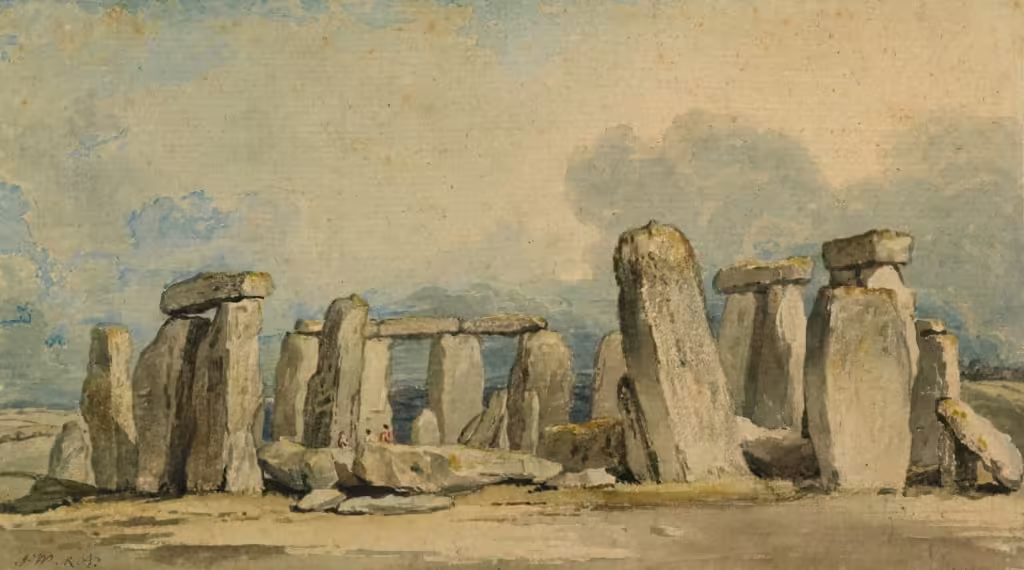
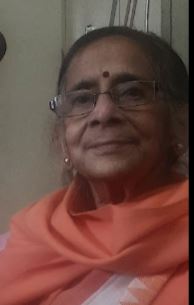
Uma Purkayastha, a well-known author, is a retired principal of the Govt. Girls’ Higher Secondary School in Shillong and an academician by training. She started writing at an early age and has written a significant number of poems, short tales, novels, and plays. She is an ardent reader with keen insights. Some of her significant books are “Tagore and Pineland Shillong,” “Uttaran,” “Golpo Sambhar,” and “Beacon Light of the Khasi Hills.”

